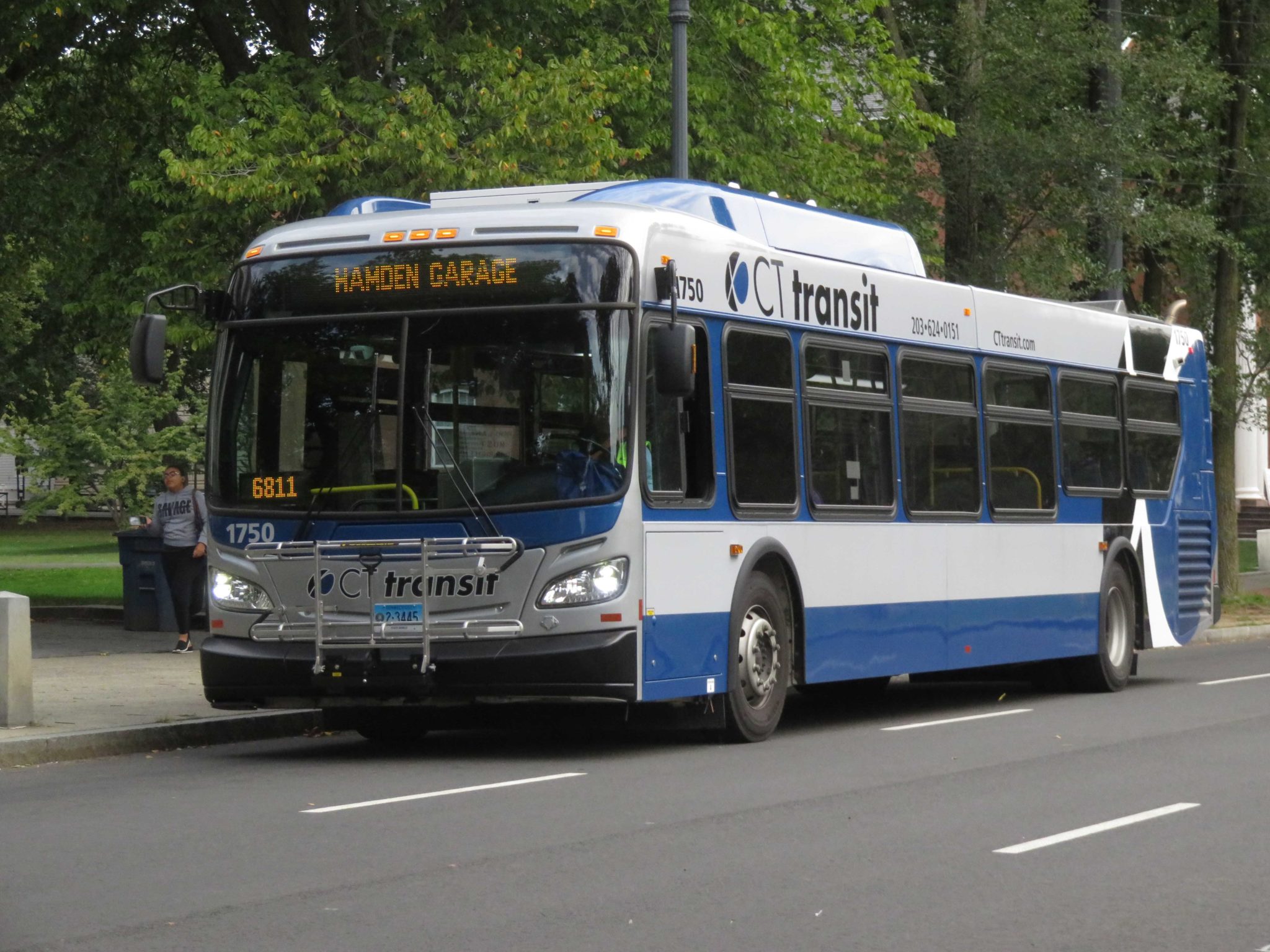
Wikimedia Commons
Some say it’s an overreach, and some say it doesn’t address the most pressing issues. Some say it’s a big step forward for the state of Connecticut. The debate only grows as Gov. Ned Lamont is preparing to roll out his $20 billion transportation proposal.
The proposal, named CT 2030, is a ten-year plan intended to target projects that will better the quality of life, increase productivity and make Connecticut more hospitable to businesses, according to Max Reiss, Lamont’s director of communications. The administration intends to fund the bill through the implementation of low-interest federal loans and tolls at some of the state’s bridges and tunnels, which Reiss called a “limited user fee program.” The move comes as a reversal of a proposal made earlier this year, which looked to implement electronic tolls on Connecticut highways.
“Governor Lamont firmly believes that if that state is going to get its economy on track — if we’re going to see income growth — we have to make the right investments,” Reiss said. “The right investments are in infrastructure and transportation in the state.”
In its annual ranking of state transportation systems, U.S. News & World Report ranked Connecticut at 37 for infrastructure, 35 for commute time and 43 for road quality, naming the Nutmeg State’s roads the seventh worst in the country. Reiss said the state has “short-changed itself” on transportation, and as additional motivation for the bill, cited studies conducted in previous administrations which found that every $1 in transportation investments produces $2.50 in returns.
According to Reiss, Lamont’s team has had a full schedule of meetings this week, first with Democratic leadership and later with House and Senate Republicans, all in an effort to finalize the proposal and begin to stir up support within the General Assembly.
“The administration is actively working to come up with something that has bipartisan buy-in that we hope we can roll out soon,” Reiss said. “We’re trying to look at this in the most holistic way possible.”
Roland Lemar, a Democratic representative for East Haven and co-chair of the transportation committee in the House of Delegates, said his committee has been working with Lamont to draft an effective transportation measure since the governor took office. He said the bill is necessary, as Connecticut has traditionally had an “antiquated” development style, in which the state relies on exceptional suburbs to boost the economy.
Yet Lemar also said it has been difficult to generate public support for the bill, due to what he saw as blunders made by Lamont and his administration during the campaign. He noted that although Lamont had pledged not to enact tolls once elected, I he proposed a sweeping plan in the spring that would place electronic tolls at 53 locations across Connecticut’s highways.
“That didn’t go well,” Lemar said.
In the aftermath of these decisions, an October poll conducted by Sacred Heart University and the Hartford Courant found that 58 percent of state residents do not approve of Lamont’s approach to tolls. In May, the group No Tolls CT gathered 100,000 signatures on a petition to end Lamont’s plans for tolls, which they presented to the governor before hosting an anti-toll rally on the steps of the capital, according to WFSB, a CBS-affiliated television station serving Hartford and New Haven.
Themis Klarides, a Republican representative and minority leader in the House of Delegates, has also been leading her caucus in reiterating their anti-toll position.
“My stance regarding tolls is unchanged: #NoTolls,” Klarides tweeted earlier this month. Klarides did not respond to a request for comment.
Reiss said the administration acknowledges its fluctuating position on the issue, and stressed the need for a “reset” on transportation in general. Both he and Lemar noted the importance of transparency in how the revenue from tolls will be used. Lemar also discussed a 2018 study done by the Department of Transportation, which projected that 40 percent of toll revenue will come from out-of-state drivers.
“We haven’t done enough in talking about our vision and where we’re trying to go in terms of economic development,” Lemar said. “Without providing the overarching visions, people just think of it as a new fee.”
Director of New Haven Transportation Doug Hausladen said the Elm City is supportive of investments in infrastructure that use tolling.
Hausladen also said that for New Haven, speeding up highway shipping, decreasing road congestion and further developing Tweed New Haven Airport are all important transportation concerns that the bill is expected to address. Despite these benefits, he said there will likely be no movement on the most pressing transportation matter for the city.
“Our number one interest is going to still be watching for the future of transit in New Haven,” Hausladen said. “I do not anticipate much on bus transportation [in the bill].”
Hausladen said that as Lamont begins to roll out this plan, the debate over transportation and infrastructure will hardly subside. Both Hausladen and Reiss also stressed there is a lot of work to be done in explaining all of this to the public.
At the end of the day, though, Reiss said he believes Connecticut residents know what needs to get done.
“I think people know that our infrastructure needs improvements and upgrades,” Reiss said. “The question is how do we pay for it, and how do we do it?”
According to 2000 data from the U.S. Department of Transportation, Connecticut has over 20,000 miles of public roads.
Thomas Birminingham | thomas.birmingham@yale.edu







